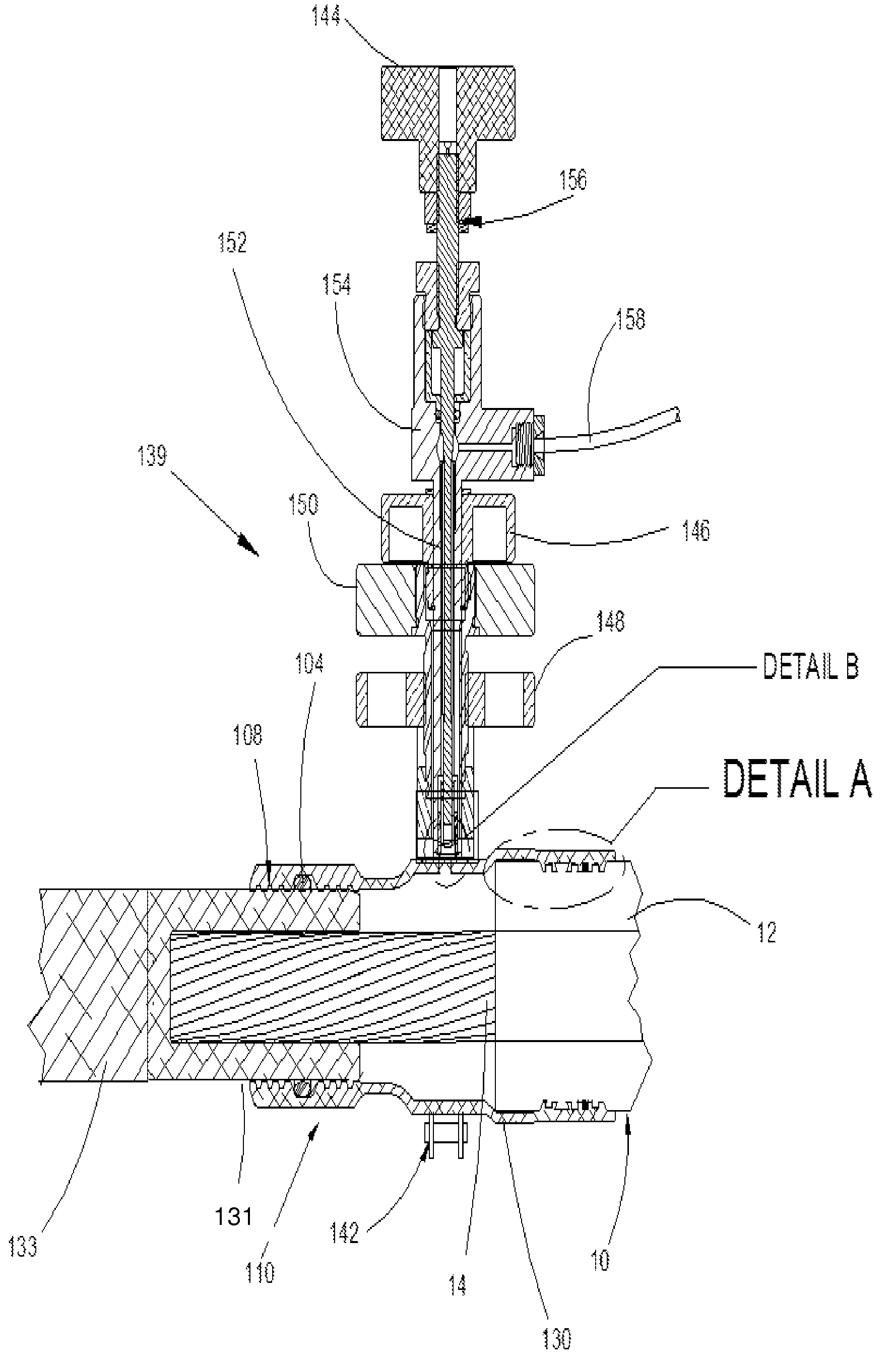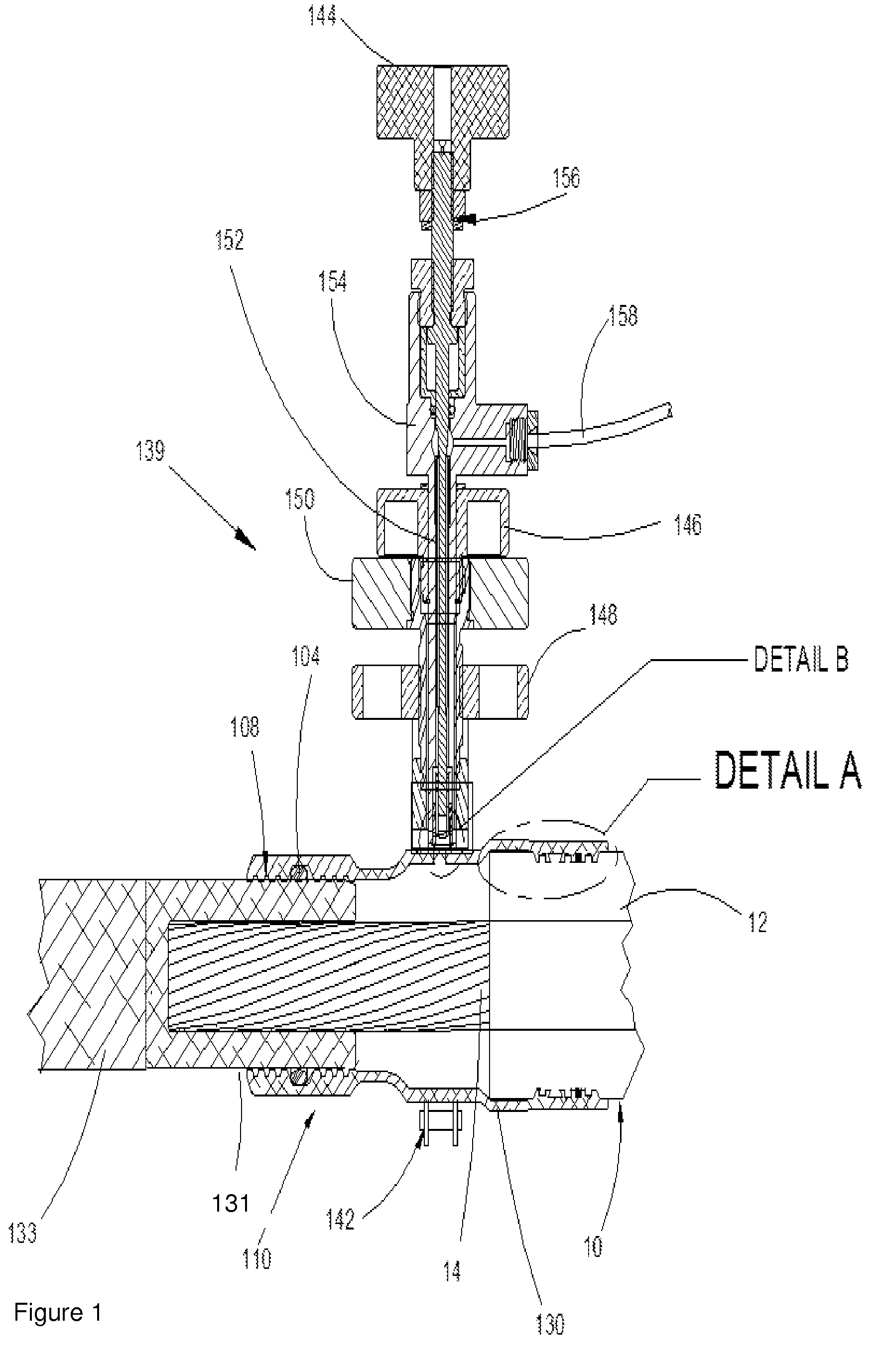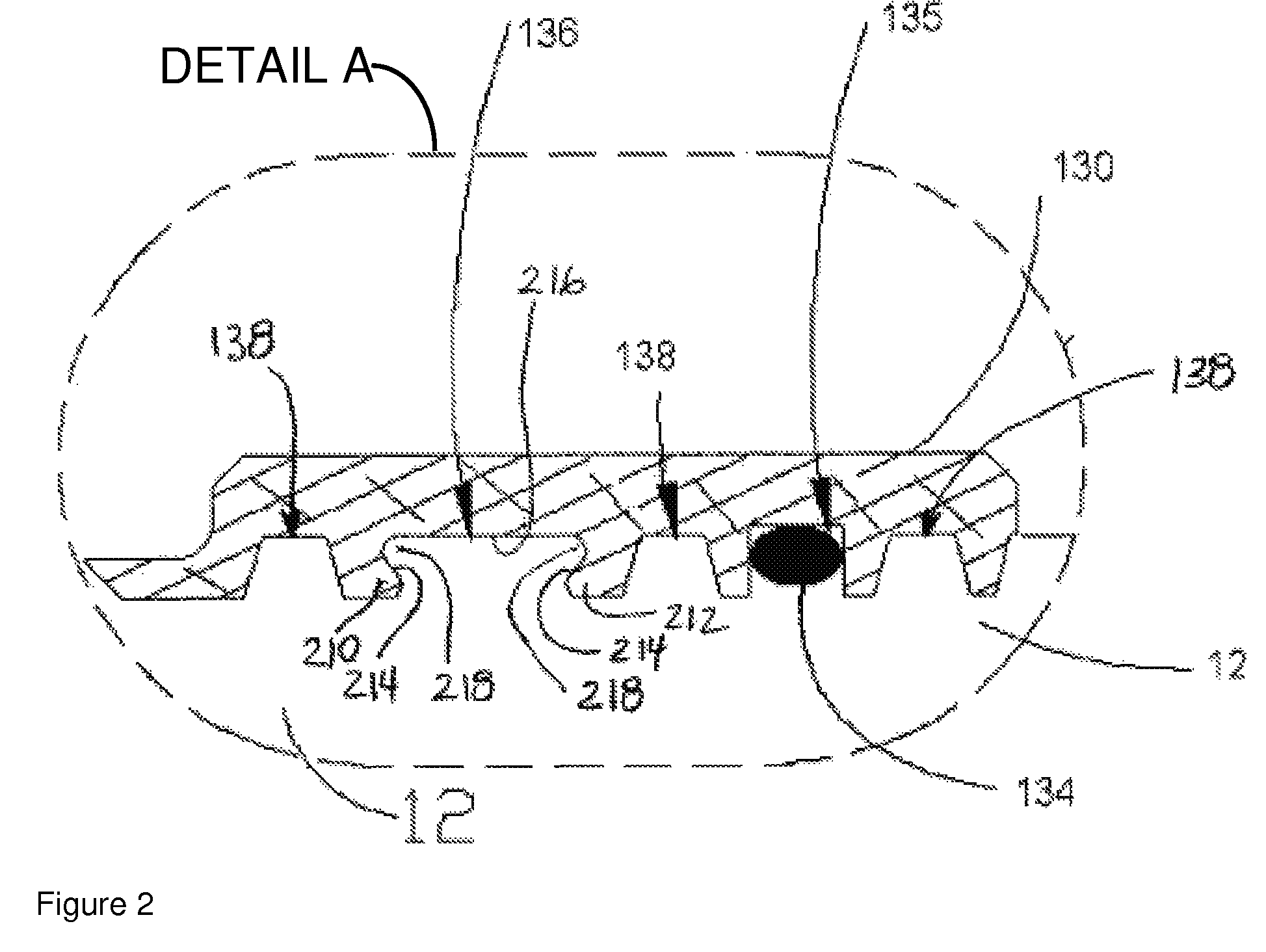Method for restoring power cables
a technology of power cables and restoring methods, which is applied in the manufacture of cables/conductors, liquid organic insulators, lamination, etc., can solve the problems of reduced flow rate of treatment fluid, increased viscosity and reduced flow rate, and inability to achieve condensation. , to achieve the effect of prolonging the useful li
- Summary
- Abstract
- Description
- Claims
- Application Information
AI Technical Summary
Benefits of technology
Problems solved by technology
Method used
Image
Examples
Embodiment Construction
[0017]According to the present method, the dielectric properties of an in-service electrical power cable section are enhanced by first continuously introducing a non-condensing exclusion fluid into the interstitial void volume of the cable section. In a second step, a condensing dielectric enhancement fluid is used to fill the interstitial void volume according to methods well known in the art. The instant method addresses the above discussed problems and is advantageously practiced when the cable section to be treated is very long, comprises a compacted conductor, or is otherwise significantly obstructed or when the intended dielectric enhancement fluid has a high initial viscosity. For many of these conditions, the virtual flow rate of the dielectric enhancement fluid can not exceed about 0.1 liter / hour due to various constraints dictated by cable's geometry and / or materials of construction. It has been found that in-service cable sections having such a limited virtual flow rate, ...
PUM
| Property | Measurement | Unit |
|---|---|---|
| length | aaaaa | aaaaa |
| residual pressure | aaaaa | aaaaa |
| residual pressure | aaaaa | aaaaa |
Abstract
Description
Claims
Application Information
 Login to View More
Login to View More - R&D
- Intellectual Property
- Life Sciences
- Materials
- Tech Scout
- Unparalleled Data Quality
- Higher Quality Content
- 60% Fewer Hallucinations
Browse by: Latest US Patents, China's latest patents, Technical Efficacy Thesaurus, Application Domain, Technology Topic, Popular Technical Reports.
© 2025 PatSnap. All rights reserved.Legal|Privacy policy|Modern Slavery Act Transparency Statement|Sitemap|About US| Contact US: help@patsnap.com



